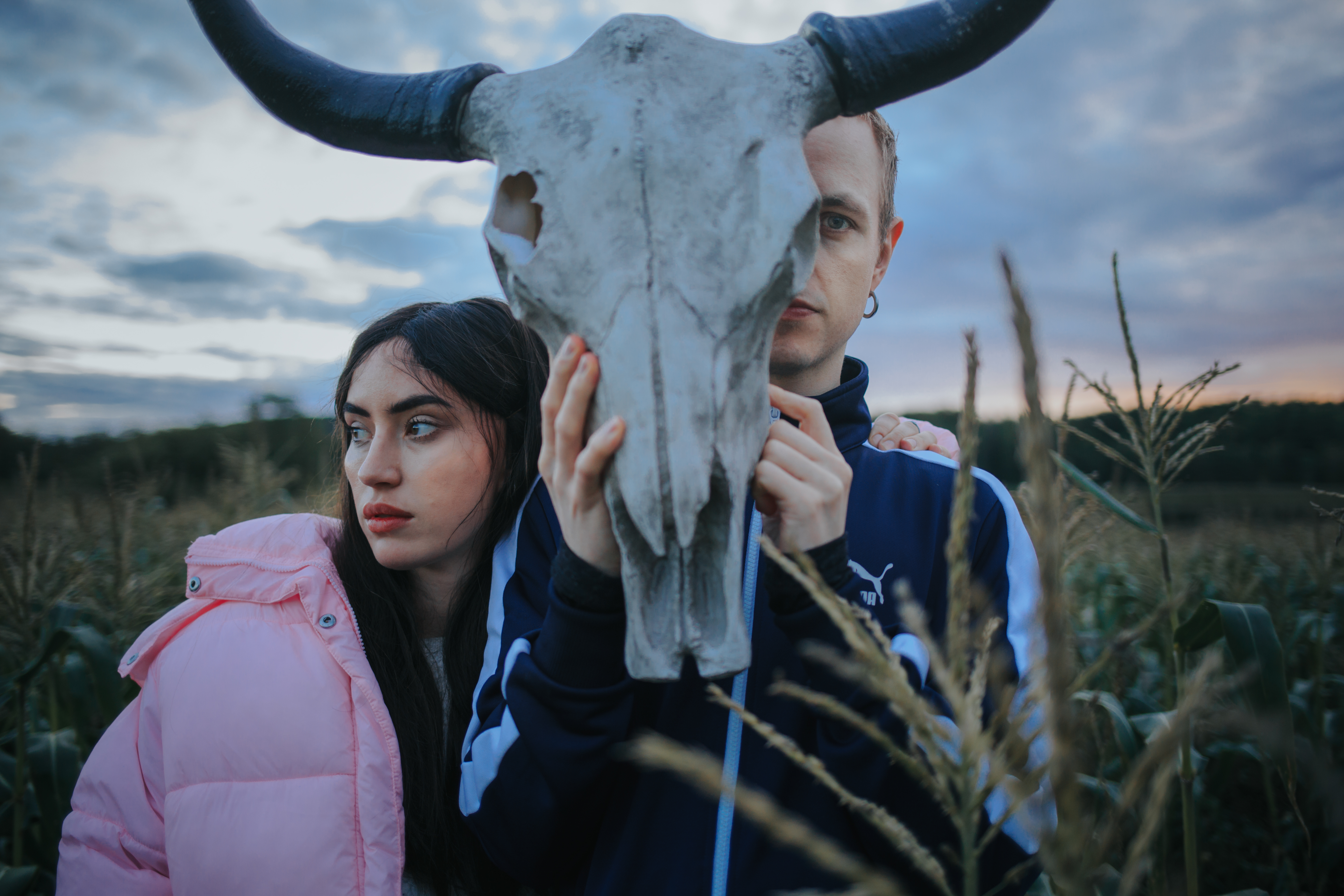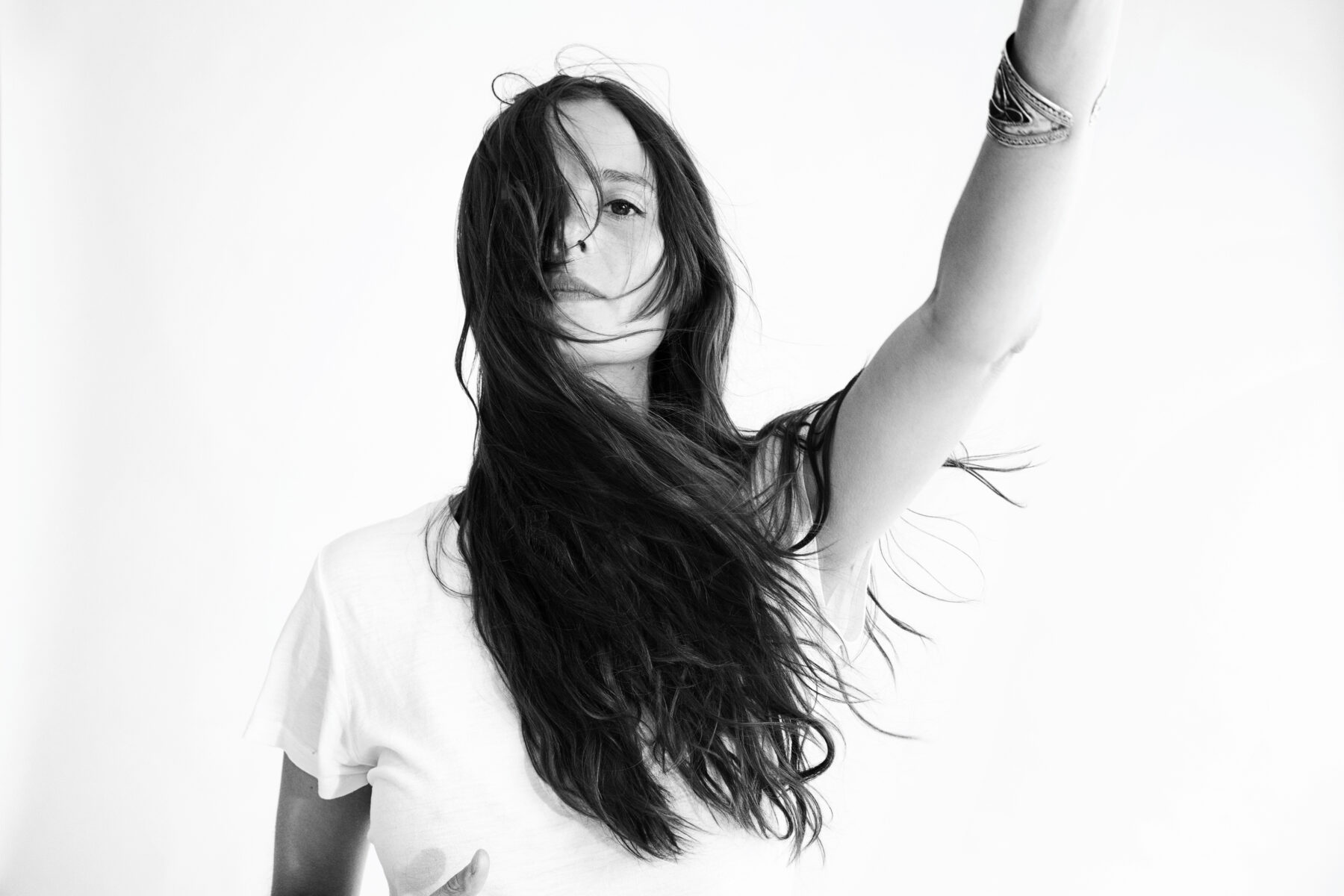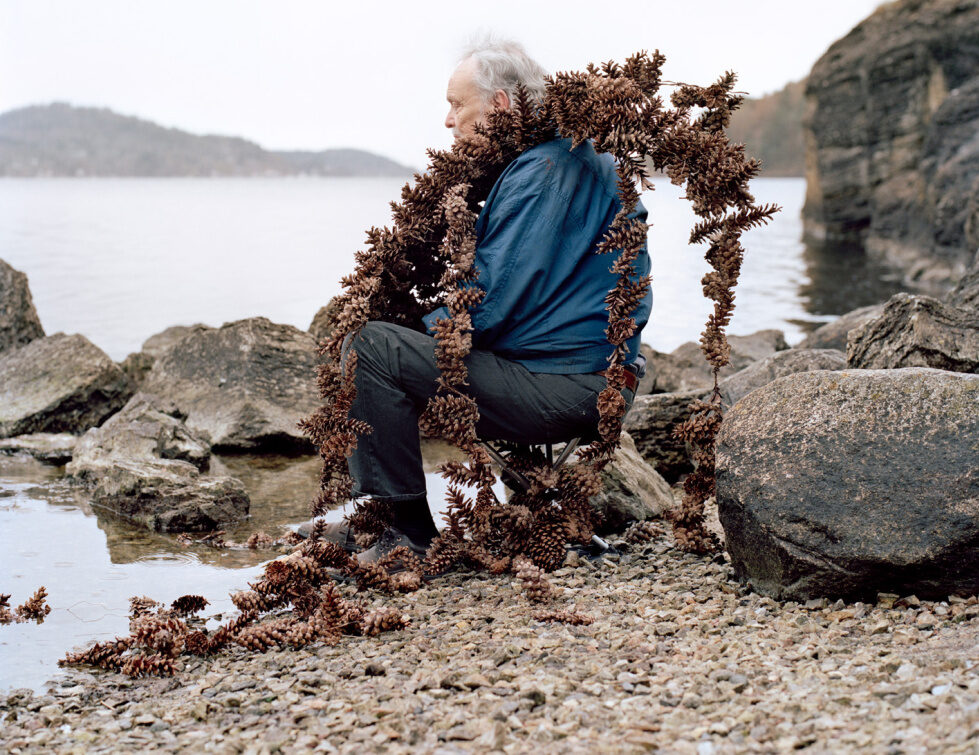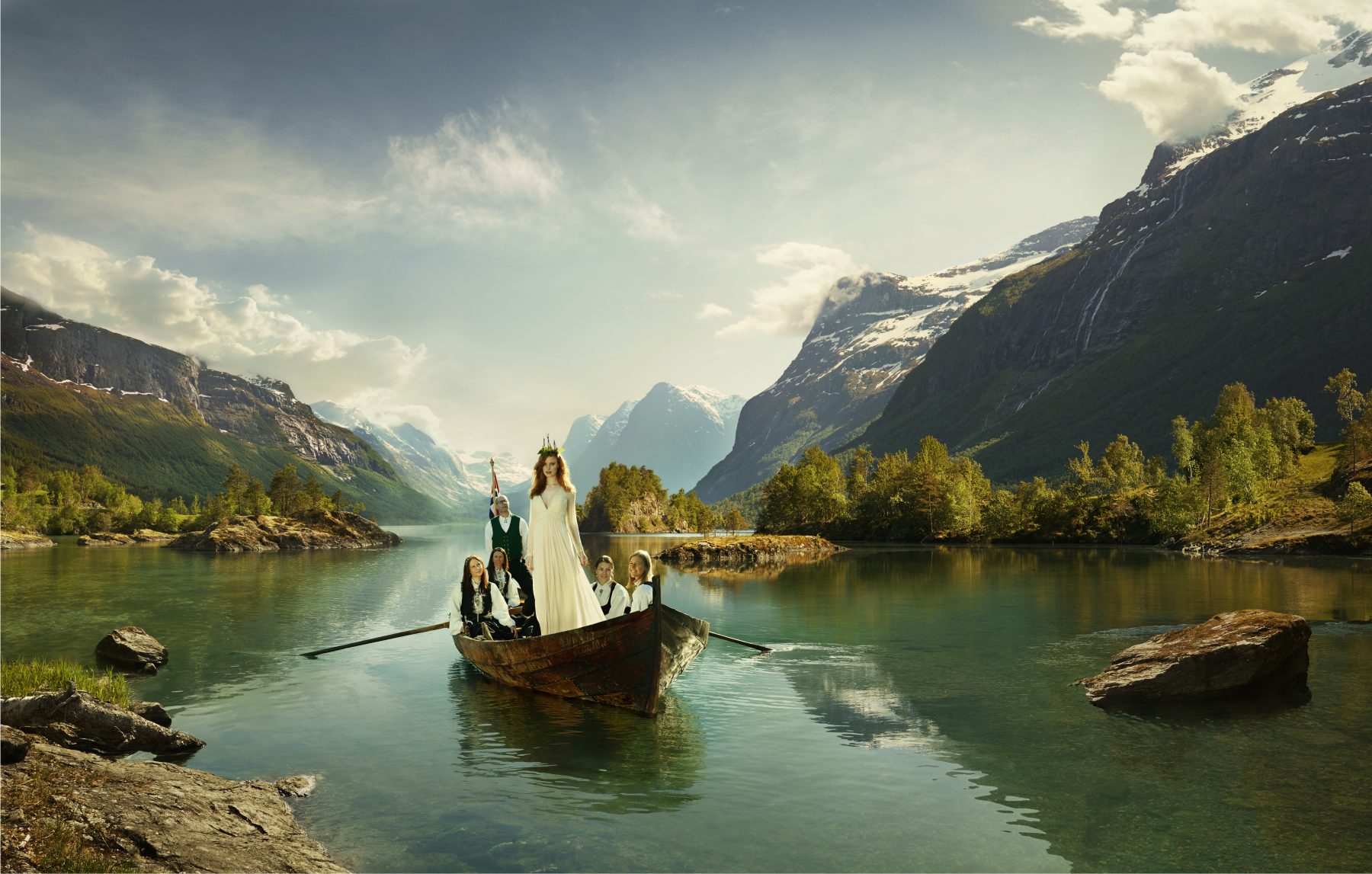With an increasing number of Norwegian pop artists trained in jazz and experimental instrumentation, the genre seems to be having a bit of a renaissance across Europe, particularly among younger music fans. Are these Conservatory-trained creatives onto something? We explore how self-experimentation is propelling Norwegian pop into the future.
“Jazz doesn’t necessarily need to be that fun, but it doesn’t have to be pretentious either”. Norwegian musician and composer, Lars Horntveth has made a career from breaking sonic boundaries in 9-piece-instrumentalist band Jaga Jazzist whose Ninja Tune released, A Livingroom Hush was crowned Jazz Album of the Year by BBC listeners. For some, all the clashing time signatures and freewheeling scats could seem a bit inaccessible but more recently, jazz has become a bedrock for pop writing excellence. And not in a tired-fedora-wearing-finger-snap pastiche way.
There have been increasing nods to it in popular music. From David McCallum’s sublime, sixties classic, The Edge – now synonymous with the rap drop of Dr Dre and Snoop Dogg – to your main lad, Kanye sampling (arguably rehashing) progressive art-rock of Can*’s Sing Swan Song in Drunk Hot Girls. In fact, Holger Czukay and Irmin Schmidt of the band were both pupils of divisive German composer, Karlheinz Stockhausen and Can inherited a strong grounding in Stockhausen’s musical theory eschewing traditional forms. Whilst West might not be the best example of an artist lacking pretence, it does go to show jazz infiltrating our stereos in a big way.
On Norwegian shores, in particular, there is a rise of contemporary artists schooled in the art of experimental instrumentation. Ingrid Helene Håvik, lead singer of soaring pop troupe Highasakite, was schooled in the free-form structures of the Conservatory of Trondheim and formed the band whilst studying there with drummer, Trond Bersu. “I’ve definitely seen a rise in artists melding jazz and pop in the Norwegian music scene”, Håvik explains. “I think artists like Susanne Sundfør, Hanne Hukkelberg, and Jaga Jazzist made it possible for us to have success later on”. For electronica artist Emilie Nicolas, who also studied jazz, it was the legacy of the genre and the giants of the bossa nova explosion of the 1960s that would go onto influence her: “My parents played Joao Gilberto throughout my childhood and I think the way he sings and his song structures are the ultimate way to perform a song”.
It seems there’s some self-expression gifted from a place like the Conservatory, opening up Håvik’s songwriting and vocal style. “I think it maybe freed me”, she admits. “That I could learn how to experiment with my voice, and how to make songs by just improvising and then taking it from there”. Improvisation is a well-known jazz trope. Artists spontaneously creating fresh melodies over the continuously repeating cycle of chord changes of a tune. It’s something that Horntveth definitely feels too. “It has helped us a lot to be in that “free music” scene where the goal is to surprise yourself and try not to repeat yourself too much”.
But all this creative freedom doesn’t come cheap. Public funding in Norway is founded on a belief that even the most sparsely populated and remote regions of the country deserve the quality of life enjoyed in Oslo — including culture and art. According to a study via NPR, in 2002, Kristiansand “the capital of Southern Norway” made a big move in arts funding selling off some of its energy stocks to start an arts foundation, Cultiva, with an endowment of 1.4 billion Norwegian kroner — currently around $240 million. This type of investment into an artist or a band’s independence and ability gives them the opportunity to focus on their craft, regardless of its mainstream appeal. Håvik certainly agrees: “(The funding) gave me the freedom to concentrate only on making music, and not have to have two jobs on the side to make a living”.
But it’s not just in Scandinavia that jazz is having a renaissance among younger fans. Spotify reported that in the past six months alone, the number of UK users aged 30 and under listening to their flagship Jazz UK playlist had increased by 108%. While iconic London music venue, 100 Club, hosts the National Jazz Archive 30th Anniversary Celebration, it’s clear that there’s more to the revival than what’s in the vaults. There is a flourishing scene fusing jazz with a variety of sounds, something that’s always been the genre’s greatest strength. Jaga Jazzist leader, Lars Horntveth agrees: “Since jazz sort of lost its mainstream popularity in the mid-sixties, I would argue that the jazz gets a lot from pop”.
Because whilst jazz might have risen to fame in the sixties, its influence transcends generations. It’s like John Legend says to a brooding, and broke, Ryan Gosling in tour-de-force musical, La La Land: “How are you going to be a revolutionary if you’re such a traditionalist? You’re holding onto the past but jazz is about the future…” And for Norway, its popular artists are at the cutting-edge.
Top photo: Jørgen Nordby.
Want to receive news of articles on Norwegian Arts and Norwegian cultural events in the UK? Sign-up for our newsletter.
See more articles on Music including Norwegian jazz from Norwegian Arts by clicking here.




